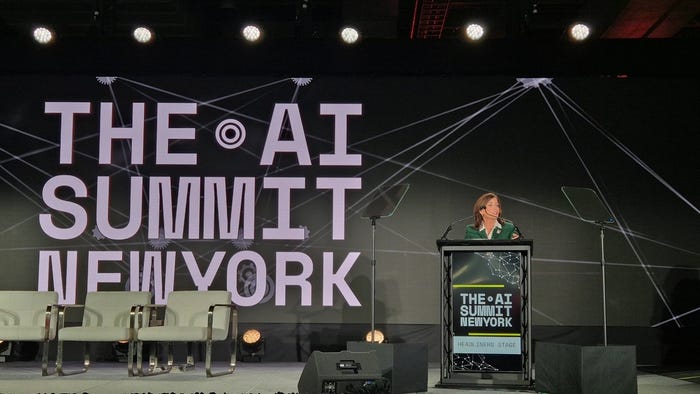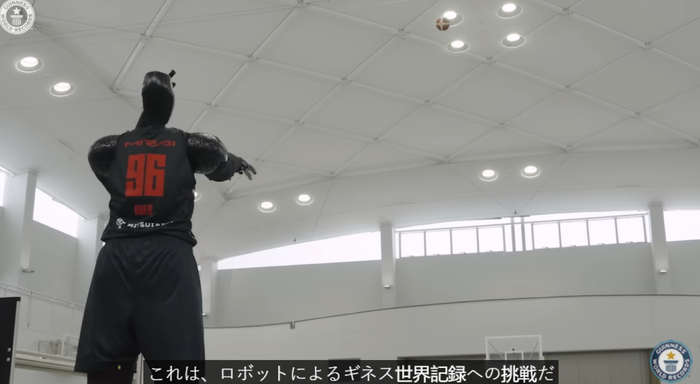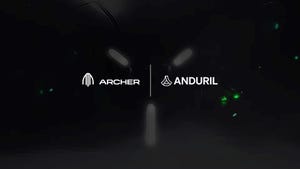Tesla Autopilot Not at Fault in Fatal Crash, Safety Probe Finds
The incident is one of many fatal Tesla crashes being investigated by the National Highway Traffic Safety Administration
.png?width=1280&auto=webp&quality=95&format=jpg&disable=upscale)
The National Transportation Safety Board (NTSB) has given its verdict on a high-profile fatal crash involving a Tesla Model S that made national headlines in April 2021.
In a written report, the NTSB found there was no evidence that the company’s driving assistance tech, Autopilot, was being used at the time of the incident, in Spring, Texas.
Coverage of the aftermath of the crash, which claimed the lives of the driver and another male occupant, sparked feverish speculation regarding the use of Autopilot as a potential cause – particularly after a local police officer said there was no one at the wheel when the P100D model was recovered, following its collision with a tree.
But the publication of the NTSB report has now ruled that out. Instead, it concludes that the crash was caused by “the driver’s excessive speed and failure to control his car, due to impairment from alcohol intoxication in combination with the effects of two sedating antihistamines.”
The report found that data supplied by Tesla indicated that “in the five seconds before impacting the tree, the car accelerated from 39 mph to a top speed of 67 mph two seconds before the final tree impact, which occurred at about 57 mph.”
However, on suggestions that Autopilot was involved, the report was emphatic. “Information from the manufacturer indicated that the ADAS system [Autopilot] could not be engaged on a roadway without lane markings. On-scene exemplar vehicle testing confirmed the manufacturer-provided information.”
The NTSB added that its testing found that Tesla’s adaptive cruise control system, Traffic-Aware Cruise Control (TACC) – which is part of the Autopilot suite of tech – WAS capable of being engaged, but not at speeds recorded in the crash. “This evidence indicated that TACC was not engaged during the crash trip,” the report went on.
And the mystery of the empty driver’s seat was addressed, too.
“Although the driver’s seat was found vacant and the driver was found in the left rear seat, the available evidence suggests that the driver was seated in the driver’s seat at the time of the crash and moved into the rear seat post-crash.” Residential security cameras captured the driver and passenger in the front seats.
After the impact with the tree, which damaged the Tesla’s battery back, the car went up in flames and the occupants died as a result of blunt force trauma and burns.
The incident is also one of many fatal Tesla crashes being investigated by the National Highway Traffic Safety Administration (NHTSA), which will review the NTSB findings. The NHTSA’s role is to set vehicle safety standards, while the NTSB generally makes safety recommendations.
Tesla’s ADAS tech has come under scrutiny over the past couple of years. As well as several NHTSA probes into accidents, the U.S. Department of Justice is investigating Autopilot and Full Self Driving (FSD), while the state of California has banned Tesla from marketing the latter under the FSD name.
About the Author
You May Also Like








